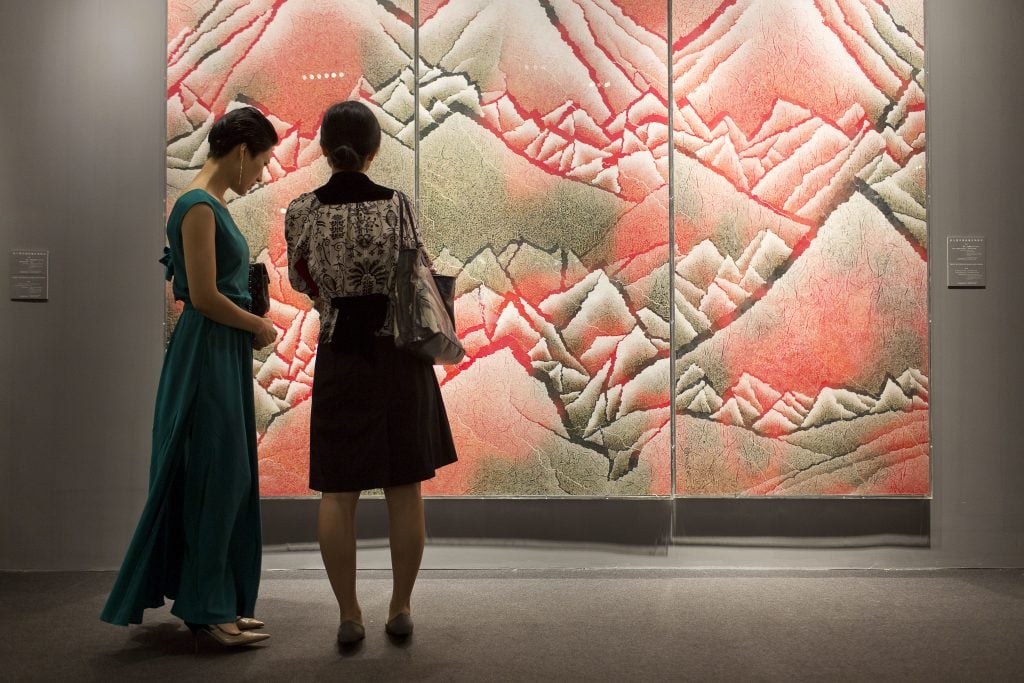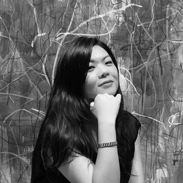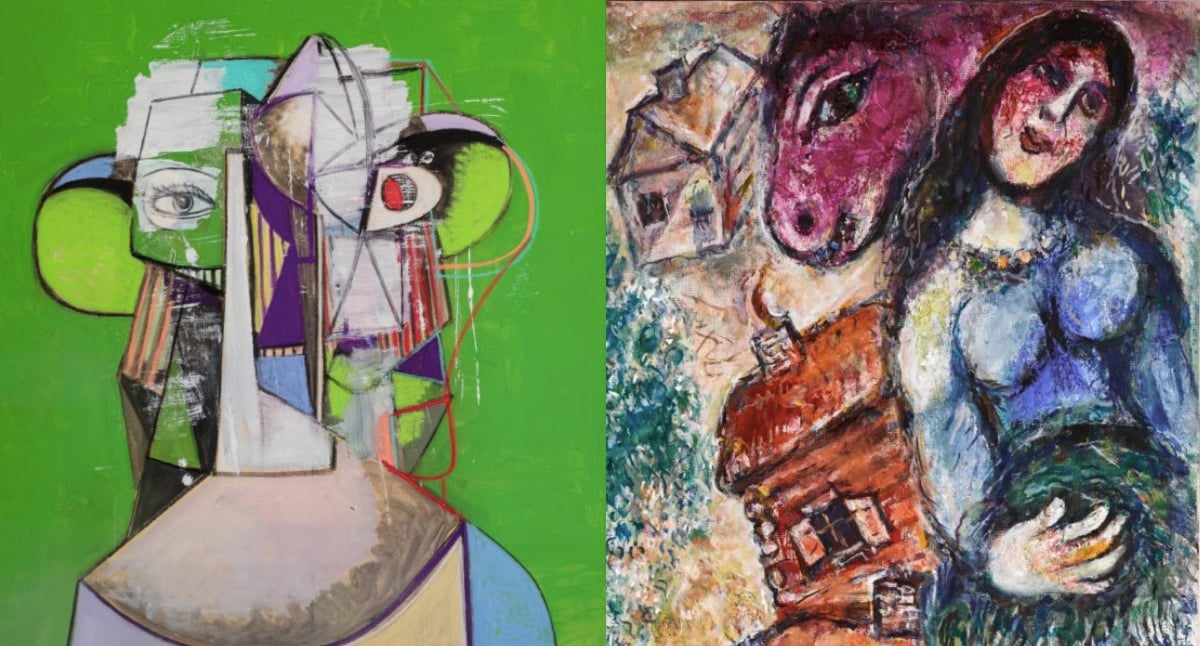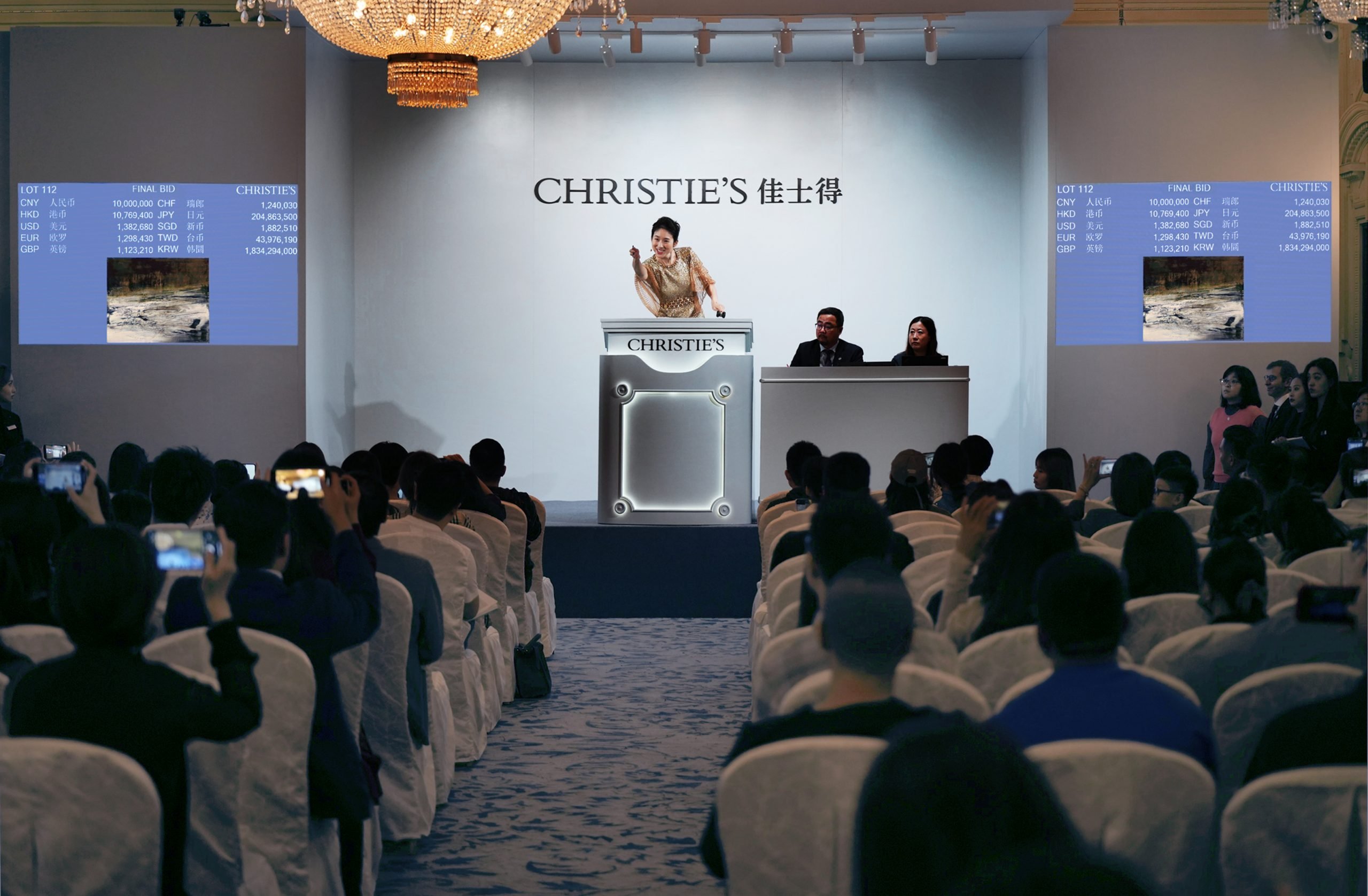They are young. They are rich. They pair Audemars Piguet watches with Vans sneakers. And they are buying art—a lot of it.
A new generation of Asian collectors not only salvaged auction sales from a potentially disastrous decline amid the COVID-19 economic downturn, but also has the potential to disrupt the hierarchy of tastemaking in a global art market that has long been dominated by the West.
These new players range from the likes of the Shanghai-based Chong Zhou and Taipei-based Vicky Chen, who come from a line of art collectors, to entertainment megastars like “King of Mando-pop” Jay Chou and G-Dragon (Kwon Ji-Yong) of the K-pop band Big Bang. Some of these millennials may not be bidding directly, but are influencing their parents’ choices after returning from studying in the West.
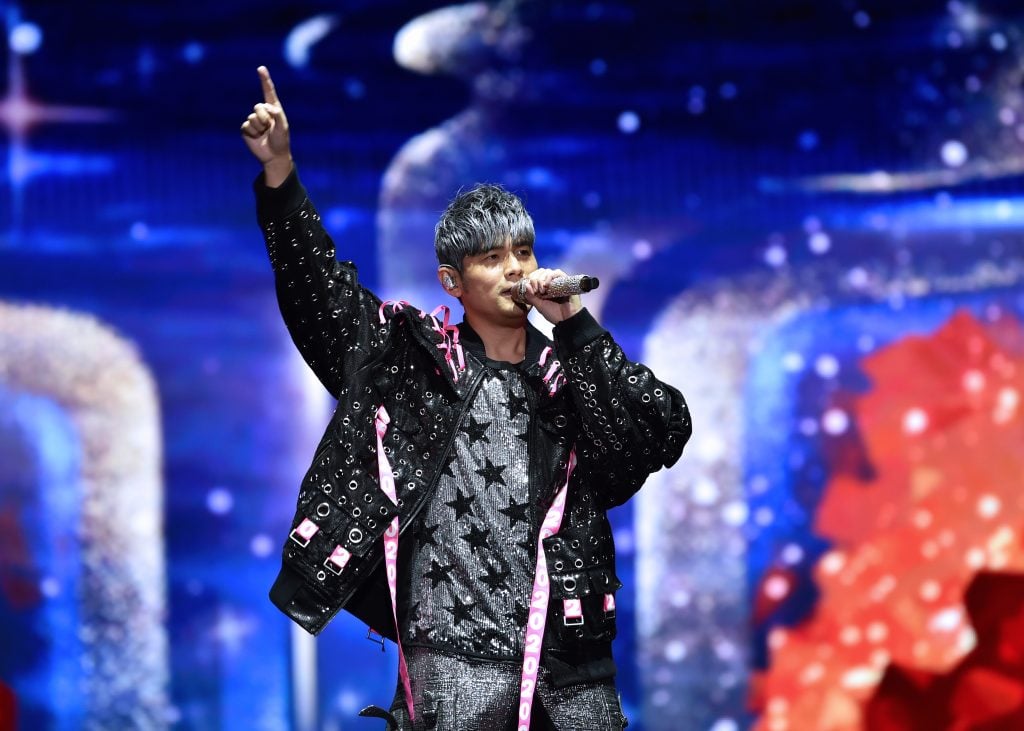
Jay Chou performs in Nanjing, Jiangsu Province of China. (Photo by VCG/VCG via Getty Images)
Many of the works by international artists that broke records at Hong Kong auctions over the past year, including examples by Avery Singer, Joel Mesler, Jonathan Chapline, Genieve Figgis, Amoako Boafo, and Javier Calleja, were snapped up by Asian collectors age 45 or younger, according to art-world insiders. Work by rising, not-quite-blue-chip artists are also among the highlights of Christie’s Hong Kong spring sale from May 20 to 28, which coincides with the return of the Art Basel and Art Central fairs.
“This group of vibrant, active young people have become a very powerful force of collectors, especially in the last one or two years,” Yuki Terase, Sotheby’s outgoing head of contemporary art, Asia, told Artnet News. “They are defining the new direction, trend, and what names are the most coveted on a global scale, not just in Asia. Asia leads the way.”
Who’s Buying?
These new power players come mainly from two different backgrounds, experts say. The first group are from families of seasoned collectors who dabble in Impressionist, modern, and Asian modern art. The second are self-made entrepreneurs who have accumulated a lot of wealth in a relatively short period of time and see collecting as a symbol of success.
They all have a few things in common: they’re tech-savvy, they conduct their own research, they follow their gut, and they are not shy about contacting artists directly on Instagram or via other social media. While they don’t exclusively buy at auction or online, they are very comfortable doing so.
“They collect and post on social media like their trophy portfolio,” Terase said. “It is a global generational phenomenon, but you just see a greater concentration of young collectors here [in Asia] compared to other parts of the world.”
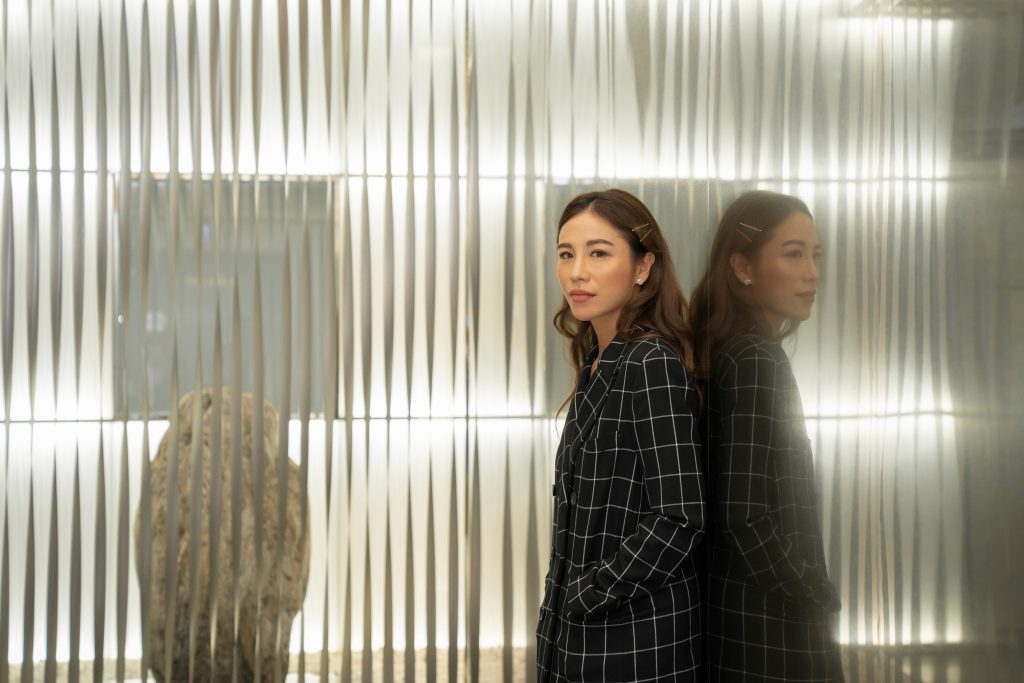
Vicky Chen, founder of TAO ART 貴賓室. Courtesy of Tao Art.
Taipei-based Vicky Chen, who inherits her passion for art from her father, a low-profile collector of Chinese antiquities and modern masters, runs Tao Art Space to showcase work by both local and international artists. The hybrid east-and-west upbringing she and her peers enjoyed has enabled them to develop a broader taste in art than their parents, she said.
“Back then, there was no internet or social media, there were limited channels to learn about art and people went for well-known artists and big brands that had investment value,” Chen told Artnet News. “But this is no longer the same. We have a lot more channels to do our homework. We learn a lot even without galleries.”
Young Asian collectors—who are quick to make purchase decisions based on images or videos, according to Terase—also kept full steam ahead during the pandemic. More traditional patrons who are used to seeing prospective acquisitions in person may have found the lockdown era more challenging, Terase added.
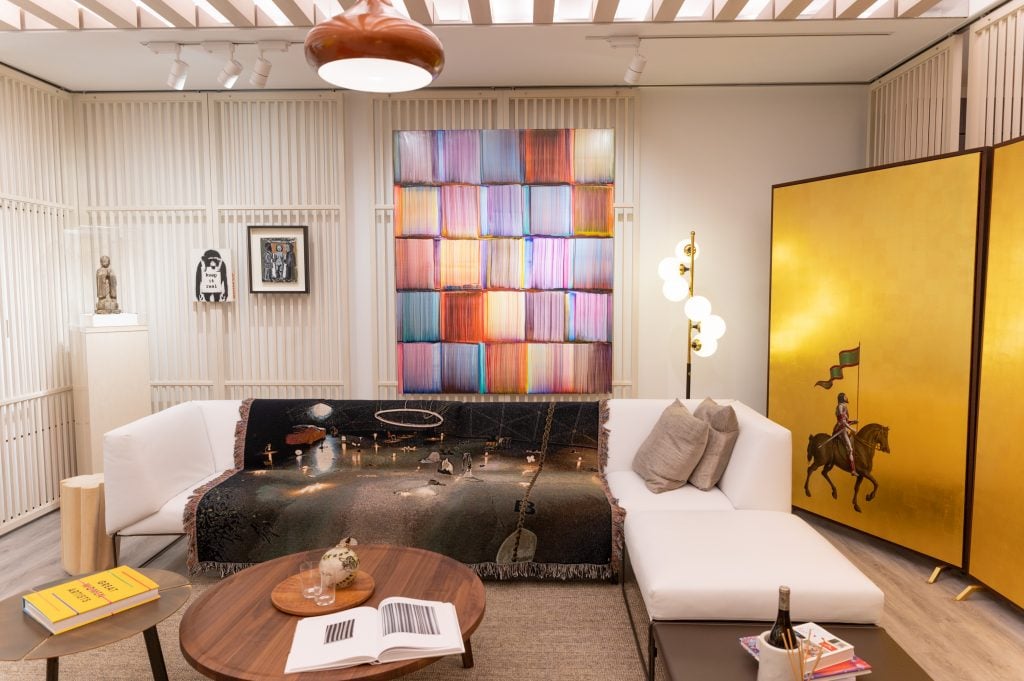
Interior view of TAO ART 貴賓室. Courtesy of Tao Art.
However, there are also seasoned collectors in Asia who have become interested in emerging western artists. One buyer Terase knows “usually bids on modern, Impressionist, or Asian modern art but suddenly he’s interested in Matthew Wong and Avery Singer.” As it turns out, the client wanted to give these new names a try after hearing his children talk them up.
The Numbers Tell the Story
This emerging collecting class played a major role in helping China surpass the United States last year to become the world’s largest art market. While the U.S. and the U.K. saw fine-art auction sales plummet around 35 percent each, China recorded only a 0.1 percent dip, according to the Spring 2021 Artnet Intelligence Report.
Sotheby’s, Christie’s, and Phillips all reported that Asian clients accounted for around a third of their global sales in 2020. At Sotheby’s, clients from the region bought nine of the year’s top 20 lots; at Phillips, they bought five of the top 10. Despite the pandemic, evening sales of Modern and contemporary art in Hong Kong were up nearly 10 percent from 2019, according to an ArtTactic report.
This trend is continuing in the first quarter of 2021. Sotheby’s Hong Kong spring sales of modern and contemporary art in April achieved a combined total of $298 million (HK$2.25 billion), a new record high in Asia.
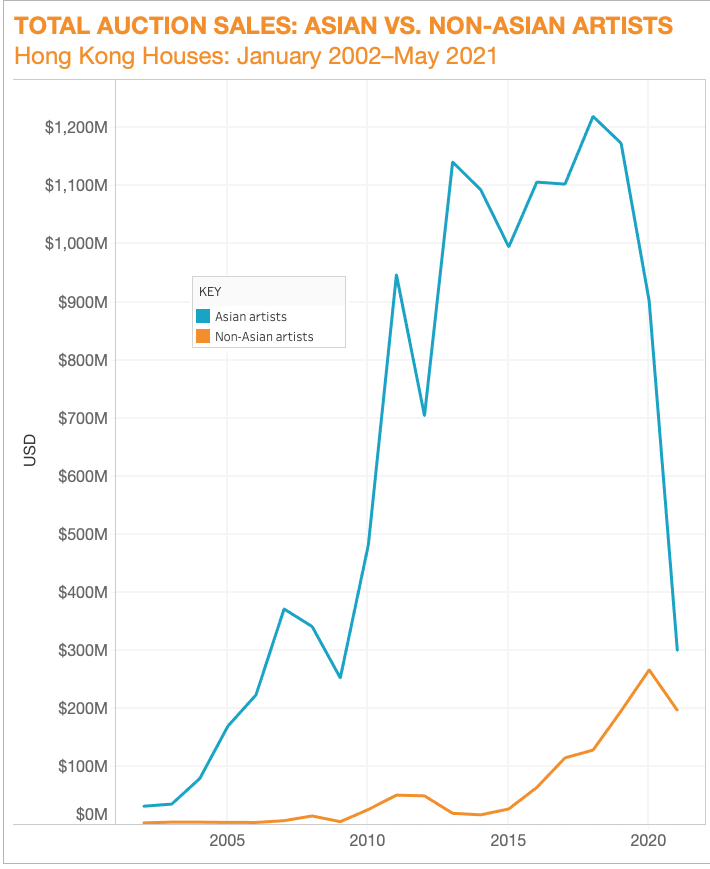
The total value of sales by Asian and non-Asian artists at auction in Hong Kong. © Artnet Analytics.
Western contemporary art is a growing piece of this pie. In 2017, the genre comprised 32.4 percent of all contemporary art sales at Sotheby’s Hong Kong; in spring 2021, that figure has risen to 58.3 percent, the highest since the auction house introduced it in its major evening sales.
Although the most recent Sotheby’s Hong Kong contemporary art auctions saw postwar blue-chips such as Clyfford Still, Gerhard Richter, and Roy Lichtenstein claim the top three lots, the sale also saw 14 new artist records for emerging international talents.
That’s not to mention Christie’s sale of Jean-Michel Basquiat’s Warrior for $41.8 million to an Asian collector in March, which set a new record for a work of Western art sold in Asia, or the $69 million sale of Beeple’s NFT to the Singapore-based blockchain entrepreneurs Vignesh Sundaresan and Anand Venkateswaran.
What Do They Like?
These collectors are particularly drawn to art with figuration, full compositions, vibrant color palettes (all the better for sharing on social media), and commentary on socio-political issues, according Ada Tsui, a specialist in 20th and 21st century art at Christie’s Asia Pacific. Digital platforms became their main source of information when traveling to art fairs became impossible, she noted.
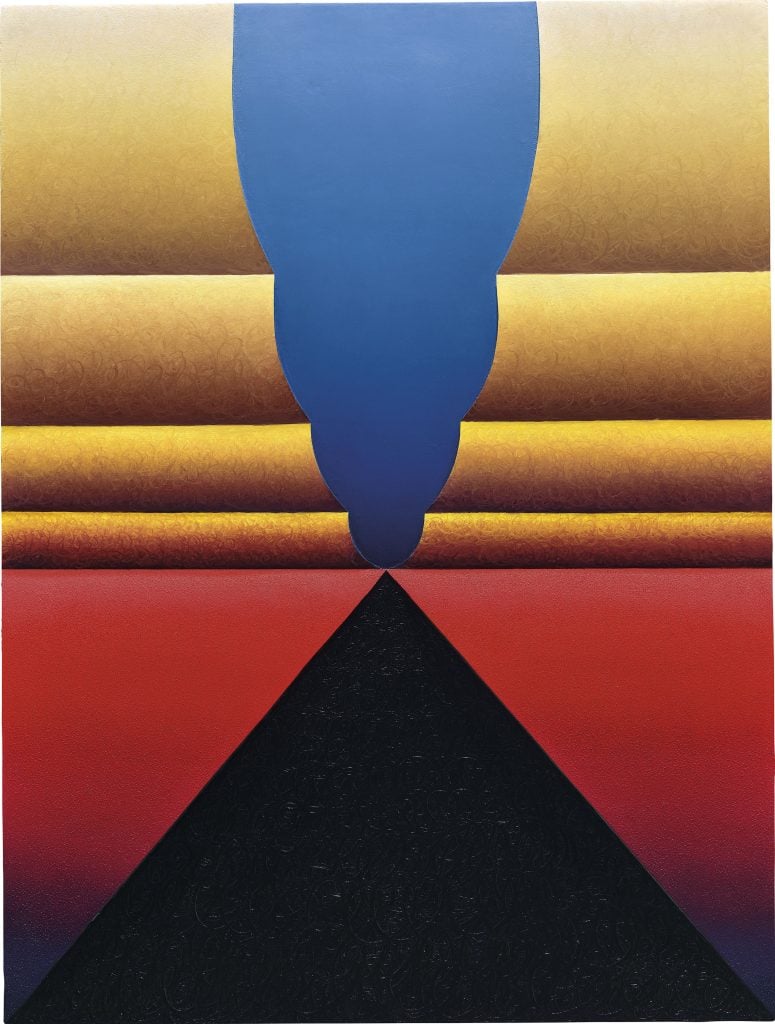
Loie Hollowell, Yellow Canyon Over Red Ground (2016). Courtesy of Christie’s Images, Ltd.
The upcoming Christie’s Hong Kong sales will include artists whose work checks a few of these boxes and who recently achieved new records at Sotheby’s, such as Loie Hollowell, Boafo, and Singer. The 1970-born American artist Derrick Adams will also make his Asia auction debut with Figure in the Urban Landscape 26 (2018), which carries a presale estimate of $78,000 to $100,000.
The price range of $100,000 to $500,000 for most of these artworks—much more affordable than blue-chip trophies—is also appealing to young collectors, said Terase of Sotheby’s.
While some of these fresh talents, including Boafo and Singer, first ignited auction fireworks in the West, others may be less familiar names. There’s the 1971-born Spanish artist Javier Calleja, who is known for his whimsical paintings and sculptures featuring characters with big eyes. His painting Waiting For A While (2019) sold for more than $1.1 million (HK$8.89 million)—a record —at Christie’s Hong Kong online earlier this year.
Quirky paintings from the London-based Oli Epp, born in 1994, and Jammie Holmes, born in 1984 and based in Dallas, Texas, will be making their Asia auction debut at Christie’s Hong Kong this week, too.
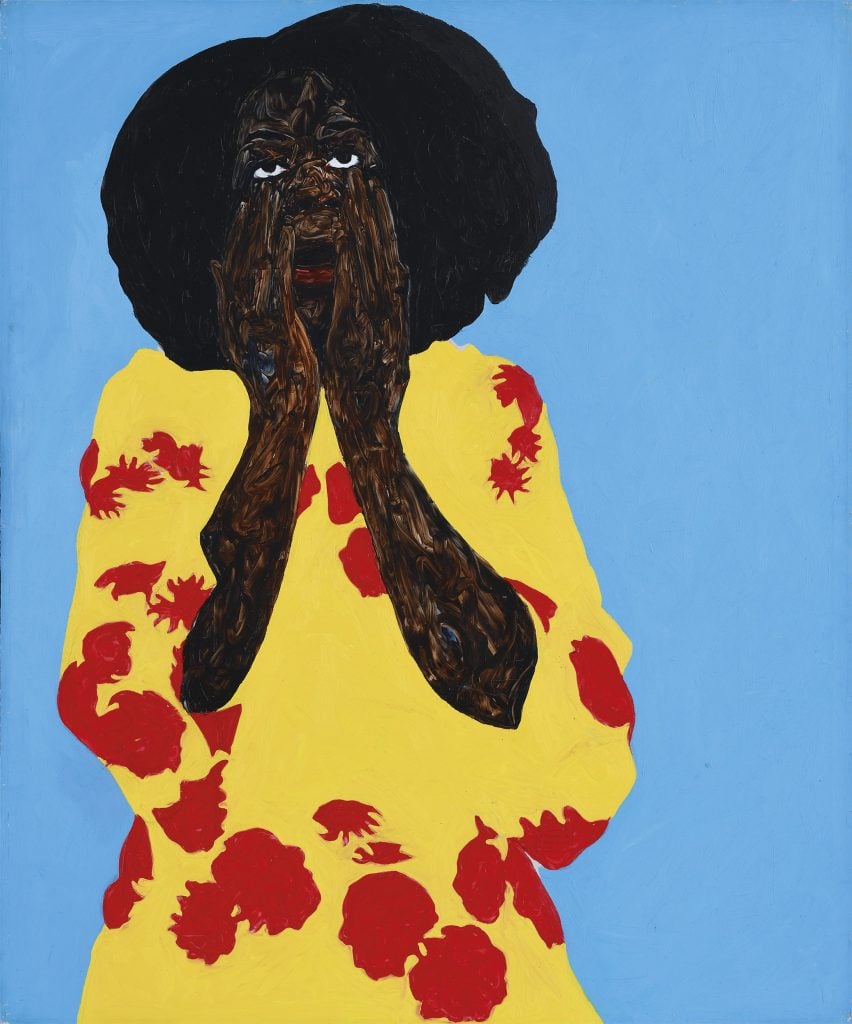
Amoako Boafo, Justine Mendy (2018). Courtesy of Christie’s Images, Ltd.
One particularly sought-after homegrown name is Hong Kong-based Chris Huen, born in 1991. His large-scale paintings of recurring characters in his family depict a tranquil Hong Kong life that is very different from the hustle and bustle associated with the financial hub. His painting MuiMui and Doodood (2019) sold at Sotheby’s Hong Kong in April for a record $210,913 (HK$1.638 million).
One art advisor, who spoke on the condition of anonymity, said Huen represented an example of how the desire for status is driving the market. “Some bought his works very early on at a low price—and now he’s hot in the market and people have the urge to compete because of peer pressure,” the advisor said.
Other factors driving broader growth, the advisor said, is the disposable income collectors have accrued during lockdown and the desire to gain entree into the art world. Plus, some buyers are so new that they are simply learning about the market for the first time and have been bitten by the art bug.
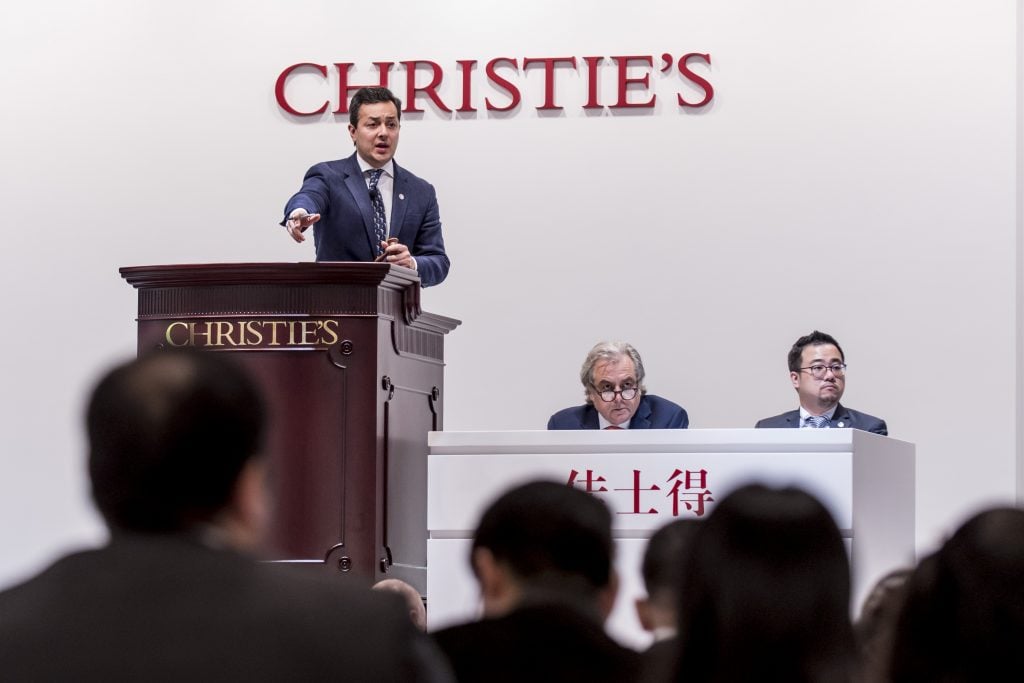
Christie’s auctioneer Rahul Kadakia takes bids at Christie’s Hong Kong. (Photo by Keith Tsuji/Getty Images for Stephen Silver)
Regardless of their motivation, one thing is clear: these collectors are not operating by the old rules of what creates value. “Traditionally, a gallery promotes an artist and finds collectors, and then stages exhibitions at museums in order to establish the value,” said the Shanghai-based collector Chong Zhou. “But now it appears that recognition from museums is no longer needed.”
The entrepreneur said that young Asian collectors are pushing the market, like much of the economy, toward decentralization. “This is no longer a traditional art market operation,” he said. “It is becoming more and more like the crypto currency market.”
Chen, the Taipei-based collector, agrees. “A lot of young collectors have their own philosophy in art collecting. Asia is a huge market and is growing substantially,” she said. “We have entered a different era.”
Follow Artnet News on Facebook:
Want to stay ahead of the art world? Subscribe to our newsletter to get the breaking news, eye-opening interviews, and incisive critical takes that drive the conversation forward.
